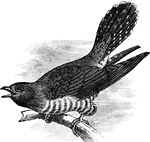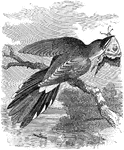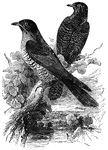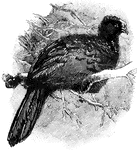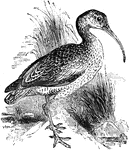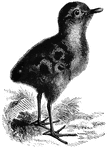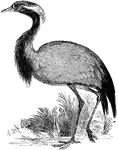218 illustrations of birds including: calyptomena, canary, capercaille, caracara, cariama, carrion-crow, cassican, cassowary, cat-bird, ceyx, chiff chaff, chaffinch, chat, chick, chickadee, chicken, chough, chuck-will's-widow, cock, cockatoo, columba, condor, athene conneviens, coot, corella, cormorant, cotinga, courser, cow-bird, crane, creeper, criniger, crossbill, crow, crypturus, cuckoo, curassow, and curlew
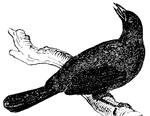
Cuckoo
The cuckoo is a member of the Cuculidae family. They have slender bodies, with long tails and downturned…
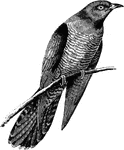
Cuckoo
"Cuculus canorus the familiar Cuckoo of Britain and nearly all the Old World, is greyish-brown above…
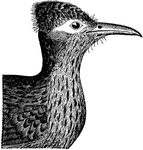
Ground Cuckoo Head
"Geococcyx californianus. Ground Cuckoo. Chaparral Cock. Road Runner. Snake Killer. Paisano. Most of…
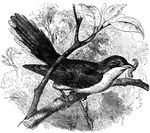
American Cuckoo
"Cuckoos lay from eight to ten eggs in the space of a few weeks. When an egg has been laid, the female…

Black-billed cuckoo
Averaging about twelve and a half inches in length, the black-billed cuckoo resembles the yellow-billed…
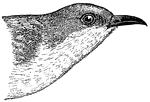
Black-billed Cuckoo
The Black-billed Cuckoo, Coccyzus erythropthalmus, is a cuckoo. Adults have a long brown tail and a…
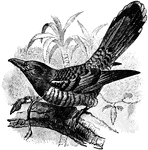
Channel-Billed Cuckoo
The Channel-Billed Cucko (Scythrops novaehollandiae) is the largest species of cuckoo and the largest…

Common Cuckoo
This Old World bird's plumage is gray or brown. They have a long tail, strong legs, and a slim body.
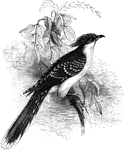
Great spotted cuckoo
The great spotted cuckoo divides its time between North Africa and Southern Europe, laying its eggs…
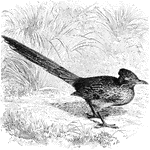
Ground Cuckoo
"Geococcyx californianus. Ground Cuckoo. Chaparral Cock. Road Runner. Snake Killer. Paisano. Most of…
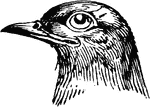
Head of Cuckoo
The head of a Cuckoo, a bird belonging to the Scansores order. Scansores is an order of birds, popularly…

Two Radiated Ground Cuckoo, One with an Insect in its Mouth, the Other in a Tree Branch in a wooded Area
"The plumage is brownish, with white margins to the feathers and a purple tinge on the rufous-mottled…

Small Yellow-billed Cuckoo
"Coccygus americanus. Yellow-billed Cuckoo. Bill black, extensively yellow below and on the sides of…

Yellow Billed Cuckoo
A bird with a moderately curved beak, wide at th base and compressed beyond it, long pointed wings,…
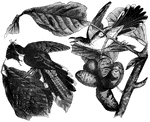
Yellow-billed cuckoo
Also known as the common American cuckoo, the yellow-billed cuckoo subsists on a diet of hairy caterpillars,…
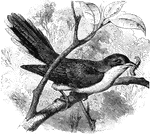
Yellow-billed Cuckoo
"Coccygus americanus. Yellow-billed Cuckoo. Bill black, extensively yellow below and on the sides of…
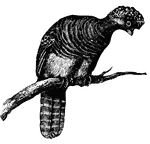
Curassow
Naturally very gentle, they readily yield to captivity, when they become familiar, and evince pleasure…
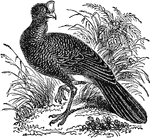
Curassow
Curassows are one of the three major groups of cracid birds. Three of the four genera are restricted…
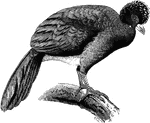
Crested Curassow
Crax alector, Crested Curassow, is black with a purplish gloss, the belly being white, the naked lores…
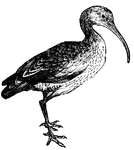
Curlew
These birds are characterized by their curved beaks. Their food consists of insects, worms, slugs, aquatic…
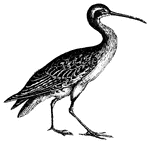
Curlew
These birds are characterized by their curved beaks. Their food consists of insects, worms, slugs, aquatic…
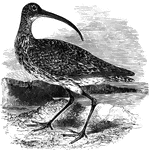
Curlew
Distinguished by a long, slender bill which curves downward, the curlew feeds mostly on worms, slugs,…

Curlew
The curlews are a group of eight wader species, characterised by a long slender downcurved bill and…

Curlew
Curlew is the common name for the bird genus Numenius, a group of eight wader species, characterised…
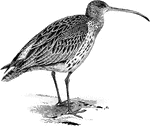
Curlew
"Numenius arquata, the Curlew or Whaup, breeds freely on the moorlands of Britain; and extends throughout…
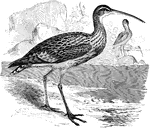
Eurasian Curlew
"Numenius arquatus. Eurasian Curlew. European Curlew. Bill of very variably length, always longer than…
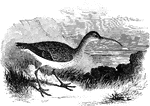
Hudsonian Curlew
"Numenius hudsonicus. Hudsonian Curlew Jack Curlew. General tone of coloration scarcely rufous, the…
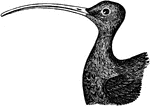
long-billed Curlew
"Numenius longirostris. Long-billed Curlew. Sickle-bill. Plumage very similar to that of the Godwit,…
